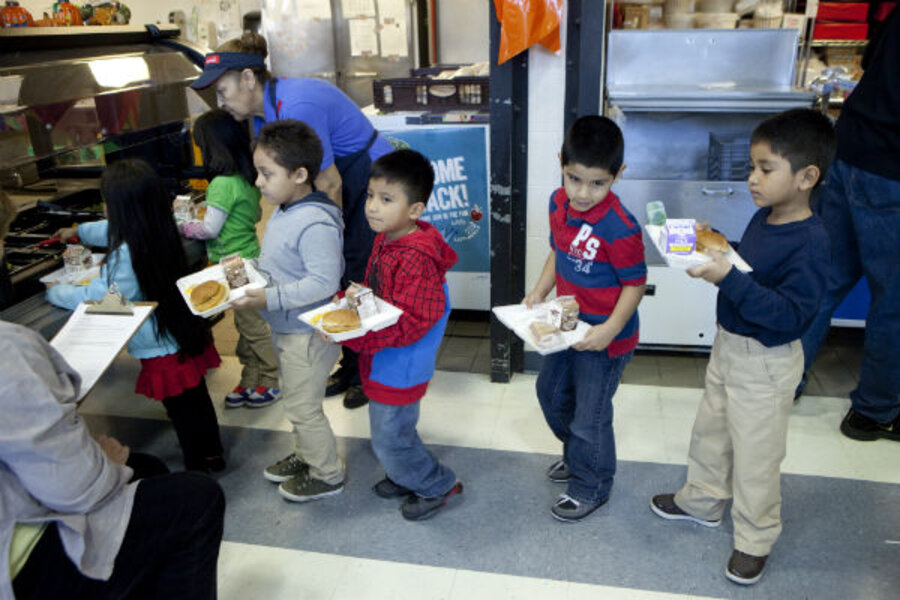Friends at the lunch table: teaching kids empathy at school
Loading...
The bell rings, students line up, and in a few moments, the most chaotic part of the day begins – lunch. Food begins to be dished out, and some students are eager to see their friends, while others cannot bear the thought of what is about to ensue. Anxiety builds for many as they assume that today will be just like any other day, in which they are quietly tucked away, alone in a corner accompanied only by their lunch. Press repeat and this happens every day, all over the country – amongst both children and adults.
But at Bridport Elementary in Bridport, Vt., Principal Kathleen Kilbourne implemented a system to resolve this classic scene of loneliness and forge new friendships.
There’s hardly room for the question, “Will you save me a seat?” at Bridport Elementary, where students are ushered to assigned tables and given the opportunity to open their hearts and minds to a new friend. Ms. Kilbourne had observed too many days in which the same kids were left out, while the others were constantly accompanied by friends. Something had to change.
The school rolled out a new system in which students line up to pick a numbered stick out of a bucket before they get their food. Each stick has a number that corresponds with a table, indicating where they will eat their lunch for the day.
This system was implemented less than five months ago. Today, if you strolled into the cafeteria, you wouldn’t find any numbers or any sticks. Kilbourne made a promise to the students that the system will eventually fade out if she saw that students learned to value inclusivity and empathy.
Kilbourne really witnessed a change a few months in. “A girl was walking around by herself with her lunch in her hand, looking for a place to sit, and four tables asked her to join them. At another table, a kindergartener was sitting alone for just a few moments before two sixth graders came over to sit with him, sparking two others to join and actively include him in conversation,” she observed.
As students at Bridport Elementary school move forward forging deeper, more empathetic understanding of one another, we are left wondering: how can lessons learned from the cafeteria be applied elsewhere? Students and adults all over the country could benefit from an approach in which every person is always welcome at the table in any situation.
Imagine what it will look like when Bridport Elementary alumni attend social events as adults, where they see someone sitting by hisself or herself, without anyone to interact with? Will they join their friends in an exclusive conversation, or will they open their arms and hearts to others and create an inclusive environment?
This article originally appeared on the Startempathy.org blog, published by the Start Empathy project from Ashoka.







